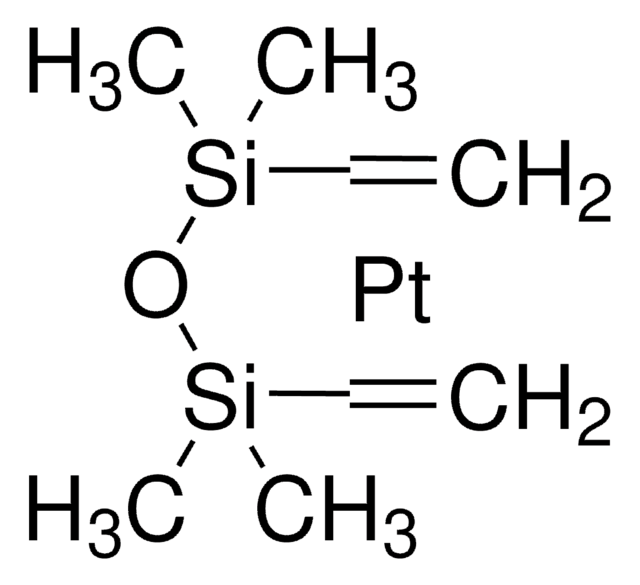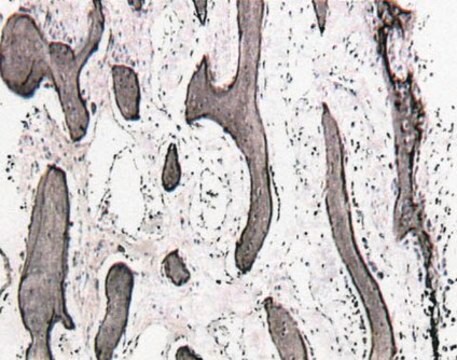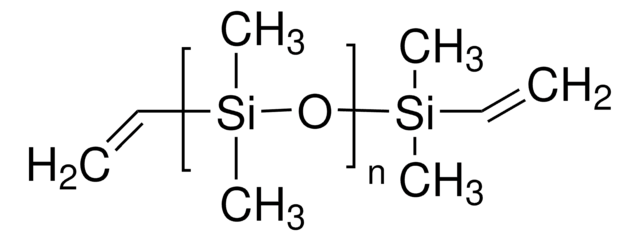Opis ogólny
Caveolin-1 (UniProt: Q03135) jest kodowany przez gen CAV1 (znany również jako CAV) (Gene ID: 857) u człowieka. Trzy geny kaweoliny ulegają ekspresji u ssaków i są oznaczone jako kaweolina-1, -2 i -3. Większość tkanek ssaków wyraża co najmniej jedną z tych izoform. Caveolin-1 ulega ekspresji w mięśniach szkieletowych, wątrobie, żołądku, płucach, mózgu, nerkach i sercu. Caveolin-1 i -2 są zwykle współeksprymowane i łączą się w hetero-oligomery w retikulum endoplazmatycznym i aparacie Golgiego. Opisano dwie izoformy kaweoliny-1, które powstają w wyniku alternatywnej inicjacji. Ma dwie domeny cytoplazmatyczne (aa 2-104 i 126-178) i domenę wewnątrzbłonową (aa 105-125). Podstawowa struktura kaweoliny-1 zawiera dwie reszty serynowe, obie rezydujące w sekwencji konsensusu fosforylacji i otoczone regulacyjną domeną rusztowania. Miejsce seryny 37 reprezentuje miejsce konsensusu PKC, podczas gdy uważa się, że seryna 88 jest fosforylowana przez CK II alfa. Caveolin-1 działa jako białko rusztowania w błonach jaskiniowych i wykazano, że oddziałuje bezpośrednio z podjednostkami alfa białka G, aby funkcjonalnie regulować ich aktywność. Jest również zaangażowany w sygnał kostymulujący niezbędny do aktywacji komórek T za pośrednictwem receptora komórek T (TCR). Może wiązać się z DPP4 i indukować proliferację komórek T oraz aktywację NF-kappa-B w sposób zależny od receptora komórek T/CD3. Wiadomo, że mutacje w genie CAV1 powodują wrodzoną uogólnioną lipodystrofię 3, która charakteryzuje się prawie całkowitym brakiem tkanki tłuszczowej, skrajną insulinoopornością, hipertriglicerydemią i wczesnym początkiem cukrzycy. Niektóre mutacje zostały również powiązane z pierwotnym nadciśnieniem płucnym ze splotowatymi zmianami proliferujących komórek śródbłonka w tętniczkach płucnych, prowadzącymi do podwyższonego ciśnienia w tętnicach płucnych, niewydolności prawej komory i śmierci. (Ref.: Liu, P., et al. (2002). J. Biol. Chem. 277 (44); 41295-41298; Garver, WS., et al. (1999). Biocheim. Biophys. Acta 143 (1453); 193-206).
Specyficzność
To królicze przeciwciało poliklonalne specyficznie wykrywa Caveolin-1 fosforylowany na serynie 37.
Immunogen
Liniowy peptyd sprzężony z KLH odpowiadający 12 aminokwasom otaczającym fosfo-serynę 37 z N-końcowego regionu ludzkiej Caveolin-1. Sekwencja immunogenu jest zachowana u myszy i szczurów.
Zastosowanie
Analiza inhibicji peptydowej: Fosfopeptyd Caveolin-1 (Ser37) blokował wykrywanie fosfo-Caveolin-1 (Ser37) w lizatach komórek A431 traktowanych Pervanadatem sodu.
Anti-phospho-Caveolin-1 (Ser37), nr kat. ABS1007, jest króliczym przeciwciałem poliklonalnym, które wykrywa fosforylację Caveolin-1 na serynie 37 i zostało przetestowane do stosowania w teście inhibicji peptydowej i Western Blotting.
Research Category
Signaling
Jakość
Evaluated by Western Blotting in A431 cells treated with sodium pervanadate.
Western Blotting Analysis: A 1:500 dilution of this antibody detected phospho-Caveolin-1 (Ser37) in A431 cells treated with sodium pervanadate (5 mM, 30 minutes).
Opis wartości docelowych
Zaobserwowano ~21 kDa; obliczono 20,47 kDa. W niektórych lizatach można zaobserwować niescharakteryzowane pasma.
Postać fizyczna
Oczyszczone królicze przeciwciało poliklonalne w buforze zawierającym 0,1 M Tris-Glicyna (pH 7,4), 150 mM NaCl z 0,05% azydkiem sodu.
Affinity Purified
Przechowywanie i stabilność
Przechowywać przez 1 rok w temperaturze 2-8°C od daty otrzymania.
Inne uwagi
Stężenie: Należy zapoznać się z arkuszem danych dla konkretnej partii.
Oświadczenie o zrzeczeniu się odpowiedzialności
Unless otherwise stated in our catalog or other company documentation accompanying the product(s), our products are intended for research use only and are not to be used for any other purpose, which includes but is not limited to, unauthorized commercial uses, in vitro diagnostic uses, ex vivo or in vivo therapeutic uses or any type of consumption or application to humans or animals.
Ta strona może zawierać tekst przetłumaczony maszynowo.







